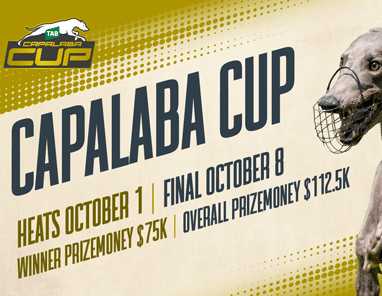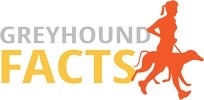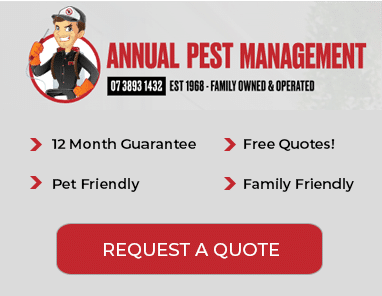
LEADING NSW trainer Sid Swain continues his thoughts on why greyhounds suffer fatigue and strategies to help trainers get the best from their dogs.
A doyen of the sport for more than 50 years, Swain, who is based at Clarence in the Blue Mountains near Lithgow, says it’s not hard to work out ‘why a greyhound trains off due to the stresses of racing and the wear and tear on the body’.
Swain says he has some fond memories of success in Queensland, including when his talented chaser Enough Said won the Gold Coast Stayers Cup at Parklands in 1996, while his son Dean trained the super smart sprinter Rue de Kahn for the late Gold Coast owner-breeder Michael Laffey.
Swain’s other major wins over the years include the 2003 Golden Easter Egg with Cyrus The Virus – undefeated in the series – the National Derby with Sure As, a brother to champion stayer Miata, two Richmond Derbies with Cyrus The Virus and Cool Flight, a Richmond Oaks with Sailing and three Richmond Cannonball victories.
This month Swain explains the philosophy behind his training methods for stayers.
ADENOSINE triphosphate (ATP) is a nitrogen containing compound made up of phosphates, glucose and nutrients.
It is the energy source that drives all metabolic pathways, nerve impulses and muscle contraction.
So how can cells detect, rapidly respond to, and successfully meet sudden increases in ATP demand?
The answers lie in an understanding of the systems by which cells regenerate ATP.
There are three major energy systems which are responsible for the supply and breakdown of ATP.
Numerous reactions take place in the body during the procedures of anaerobic exercise.
The phosphagen system, creatine phosphate is burnt very quickly in the early stages of high intensity exercise.
To avoid muscle fatigue setting in, the body regenerates ATP from blood glucose (the glycolic system).
Both of these systems operate with a lack of oxygen so after about 20 seconds both of these systems become very reliant on the mitochondrial respiration system where oxygen is in its greatest demand.
The greyhound’s metabolic pathways and degrees of fitness will determine how long it can delay the onset of muscle fatigue.
These three systems differ in the substrates they use but compensate one another during the process of aerobic and anaerobic exercise.
Mitochondria are the ‘power houses’ of the cellular system (for their importance for long distance racing see Google mitochondrial biogenesis).
There is only a very small amount of ATP stored in the body during resting periods, but when a greyhound is required to run 750m the rate of ATP demand can result in up to 1000-fold increase to sustain muscle contraction over this journey.
ATP needs to be regenerated at a rate to ATP demand.
The amount of ATP supplied during a trip from 300-750m is the result of a co-ordinated metabolic response in which the three energy systems contribute in different degrees during the first 500m of the trip.
The anaerobic system plays the most important role where ATP is in its greatest demand.
Both these systems complement one another but they are lacking oxygen during this process.
The anaerobic (non-motichondrial) system is capable of responding immediately to the energy demands in the early stages of the journey.
Unfortunately the anaerobic system is limited in its capacity to fully sustain this energy.
It is a proven fact that the aerobic system plays a significant role in the greyhound’s ability to run out the 750m trip.
Anaerobic 300m sprints, aerobic speed walking and jogging, the psychological and physical aspects of the individual greyhound, nutrition, hydration, the trainers ability to apply the correct fitness programs – these are all vital issues in getting the best from your dog.
Of course, getting a dog to a stage where it reaches peak fitness is the hard part, due to the many unforeseen circumstances of sickness, injuries and all the many other underlying stressful problems that can occur in the process of training.
So it is of the upmost importance that the greyhound has sufficient ATP to delay the onset of muscle fatigue during the distance required.
Tying up, contractional cramps and metabolic fatigue are all symptoms of a greyhound running out of ATP.
Aerobic exercise uses oxygen which directly relates to how mitochondria functions.
The more oxygen pumped to muscle cells and their mitochondria through aerobic workouts, the faster and better they work to produce energy.
More mitochondria means greater use of oxygen.
To produce more ATP and energy, greyhounds racing up to 500 metres respond better to the anaerobic system of training – quick sprint work enhancing their first two stages of energy without the presence of oxygen.
It is also evident that greyhounds can race up to 750m under these preparations simply because they have inherited a greater capacity of mitochondria to start with through birth and good raring establishments.
These type of greyhounds are already established at 14 months of age to go on with and continue to progress through longer races and proper training.
I have always applied aerobic and anaerobic systems in my training.
There are different types of stayers – the dour types who don’t have the capacity and the pathways that produce early speed but have a far greater mitochondria capacity who drop out early enabling them to finish much stronger.
There are also the types that simply don’t chase early but stay with the pack.
They are simply not true stayers. Sometimes they decide to go early … in that case they normally weaken.
Let’s Be Frank was a sprinter-stayer who would come out running and give it his best shot delaying the onset of muscle fatigue.
His advantage was to lead in his races. When he peaked in condition at three years of age he was able the break the 720m Wentworth Park track record running very fast sections early and getting to the line reasonably good.
He never bottomed out over the 720 metres and always recovered within 36 hours.
I like to give my dogs three-month preparations, racing once a week depending on the greyhound’s recovery metabolism.
I like to keep my 700m races two weeks apart, but my stayers are fit enough to back-up if need be.
Between races I give my dogs 20 minutes on the walking machine – five minutes slow, five minutes jogging, five minutes slow, five minutes jogging – seven days a week and three-to-four times a week I use 240m interval sprint work.
The end point of it all is the trainer makes all the decisions – when and where the greyhound races and over what distance. (Stages of acidosis are normally caused by the trainer, not the dog.)
Due to the hectic racing life of a greyhound, it’s no surprise that some greyhounds, on occasions, can be a bit reluctant to put in.
We may be able to master the physical aspects of training, but the psychological aspect is another story.









